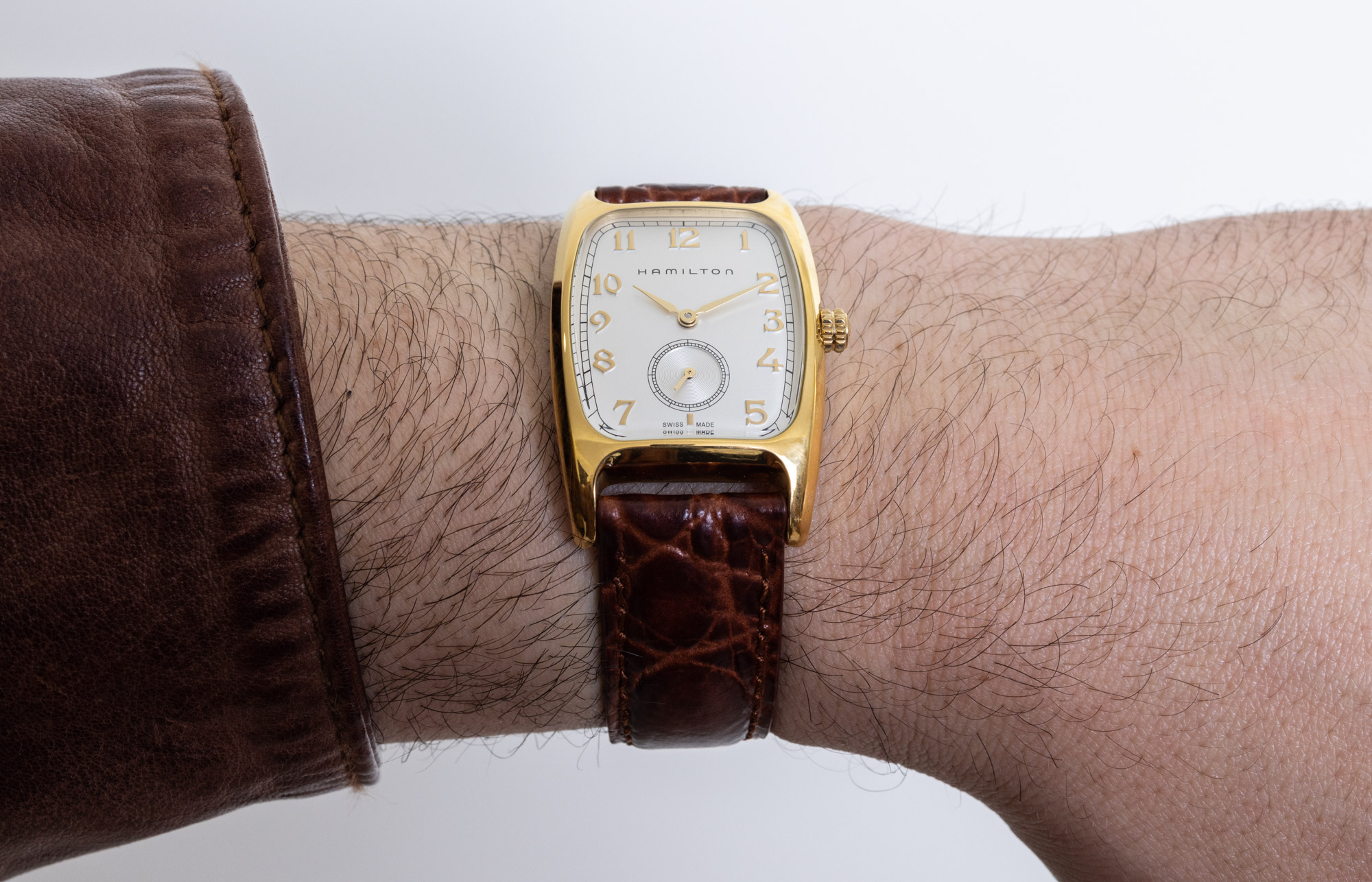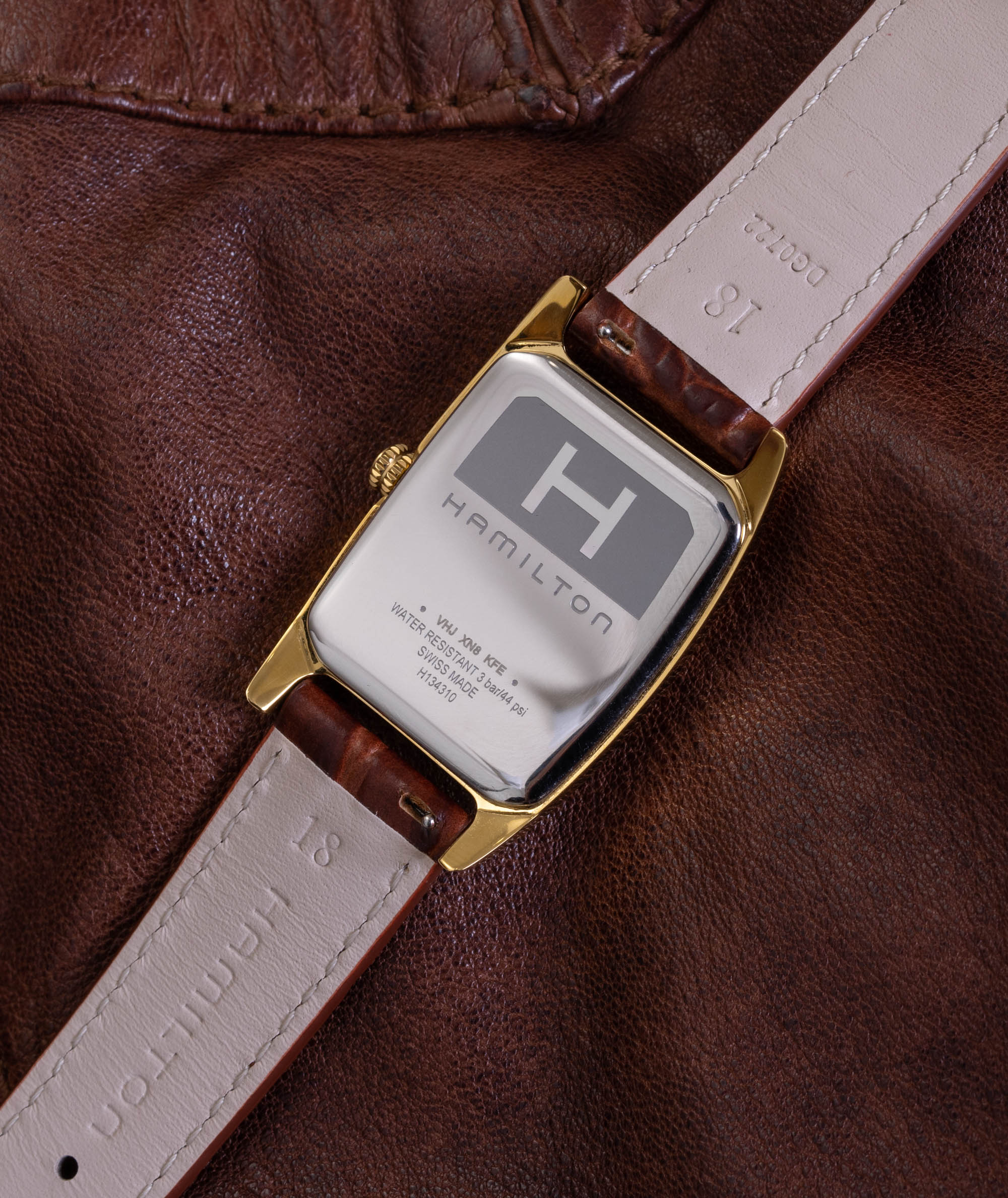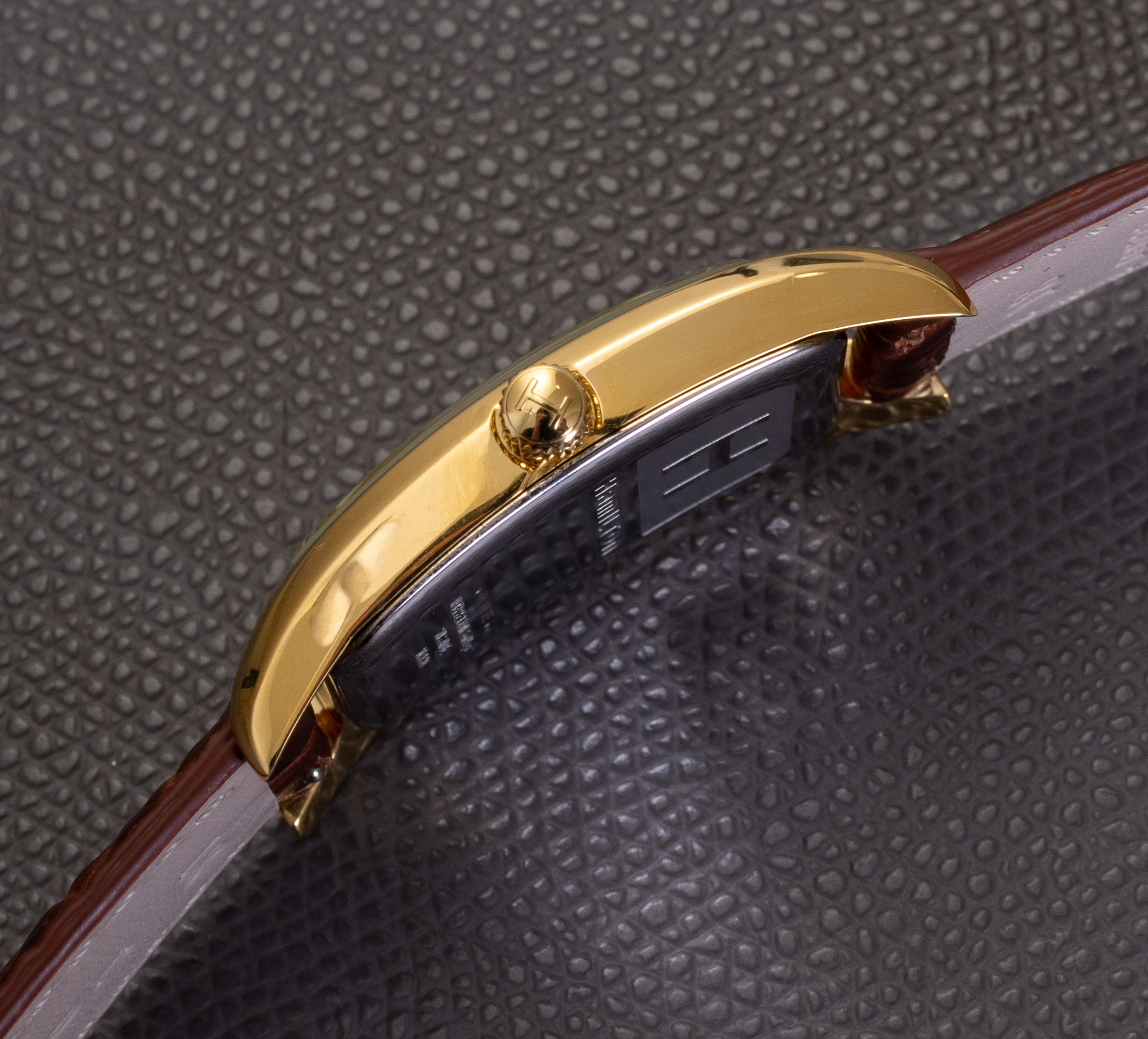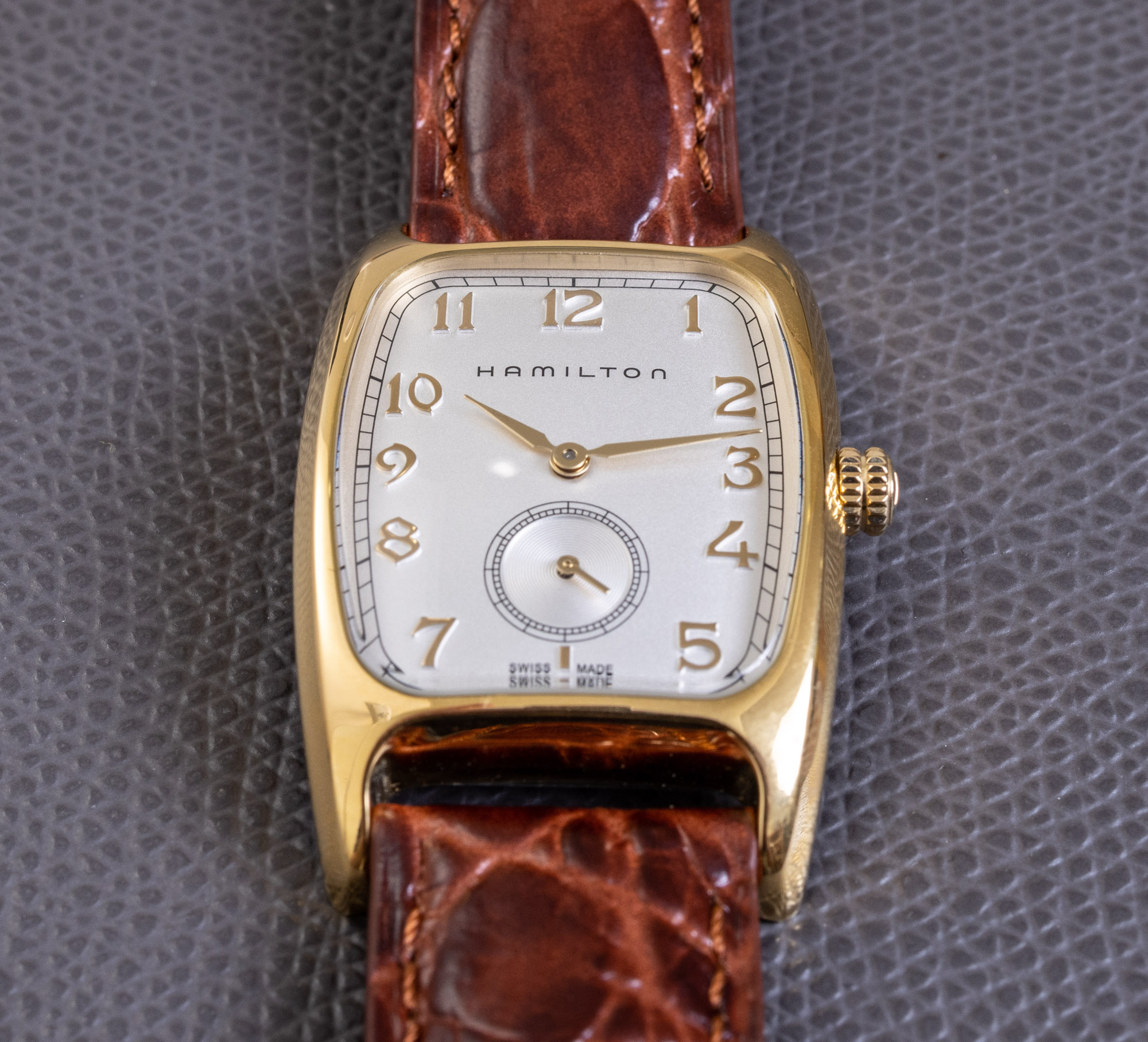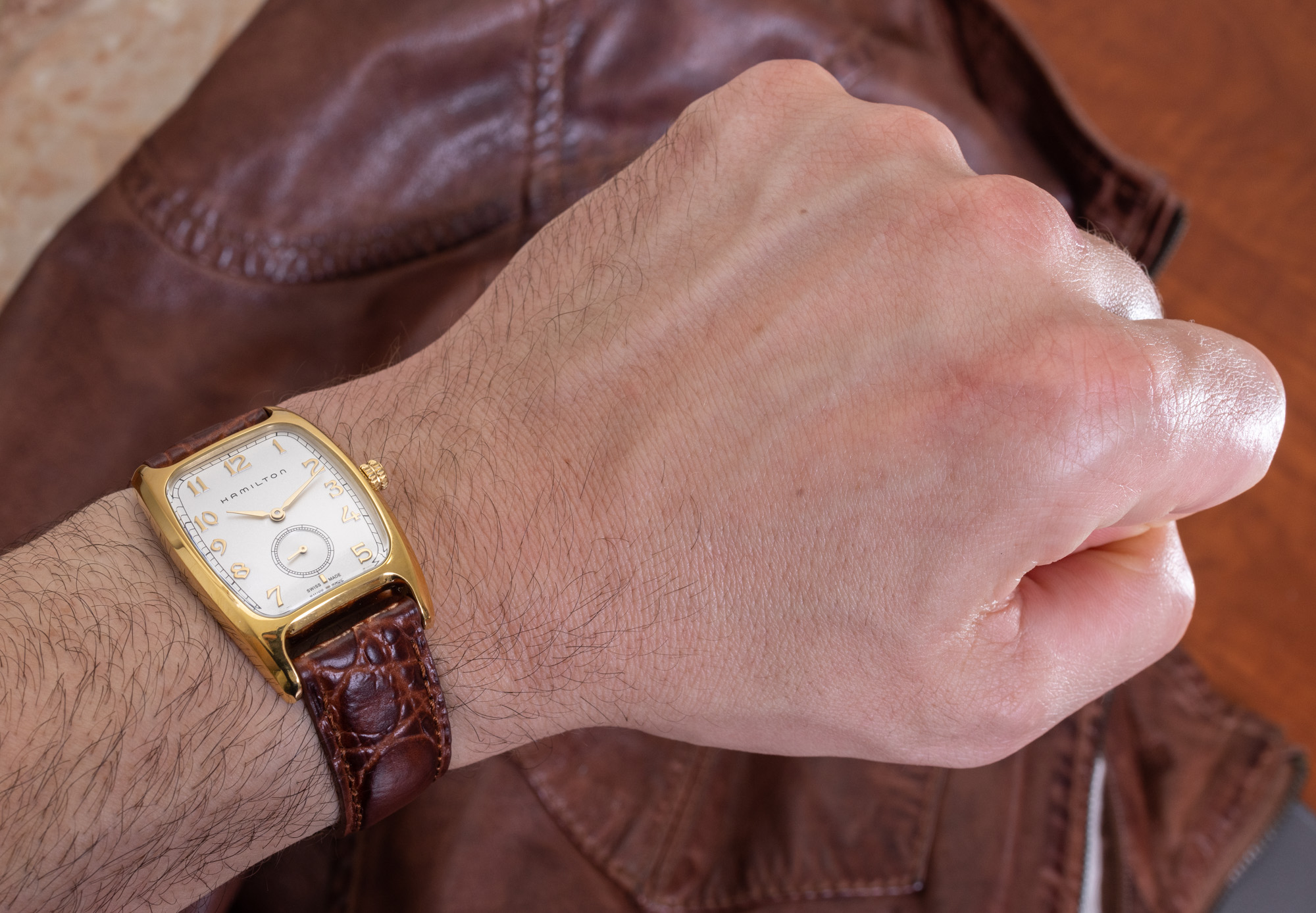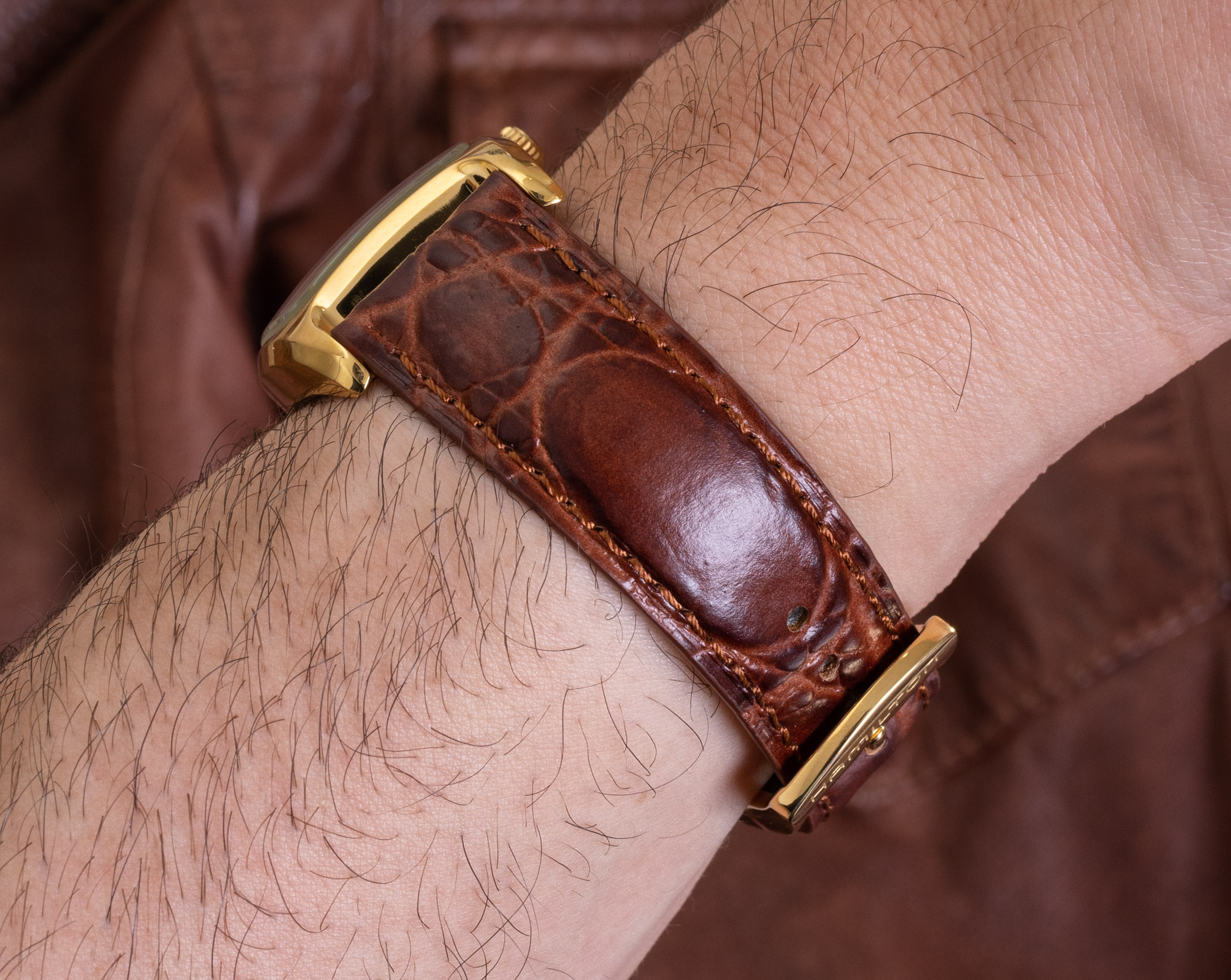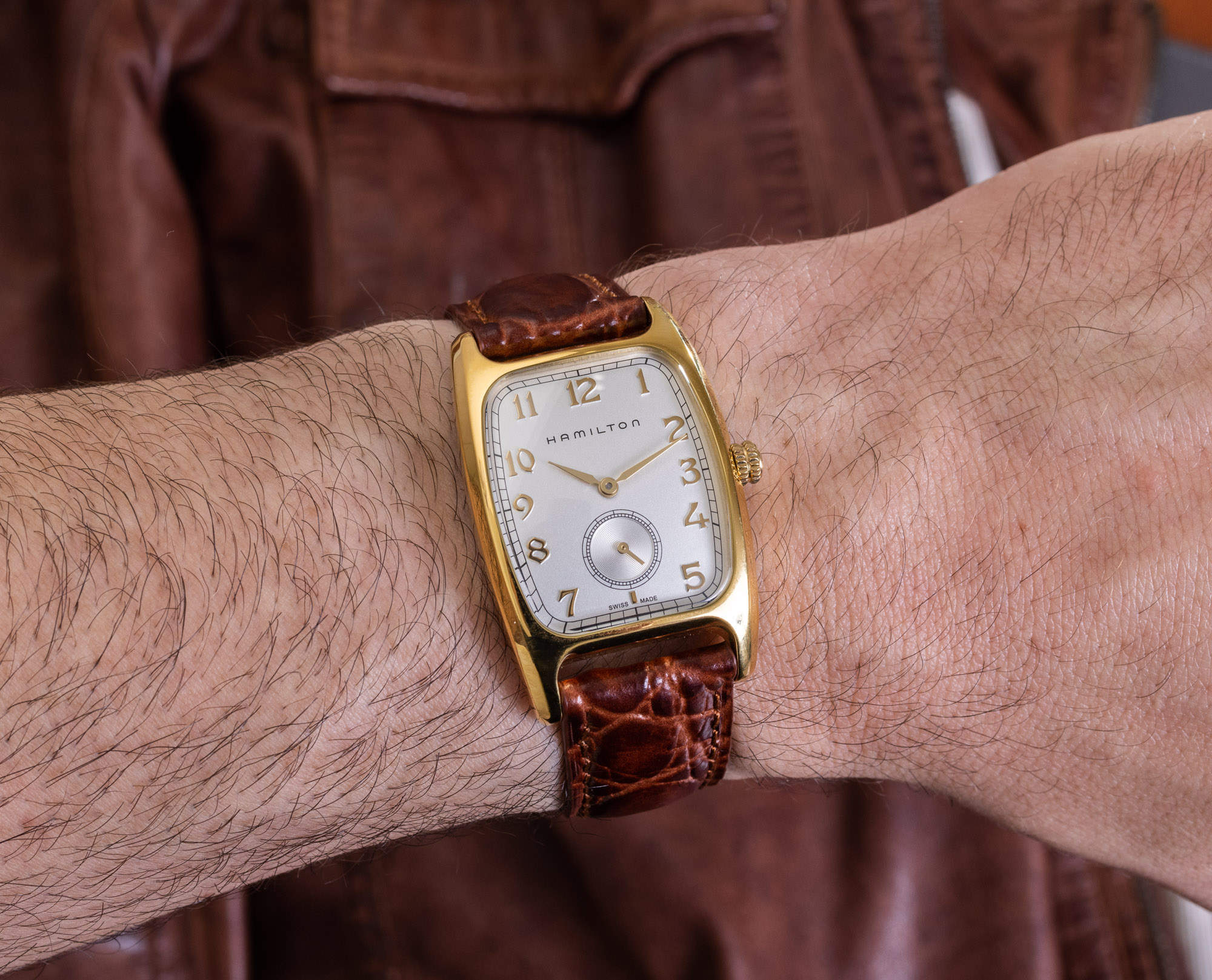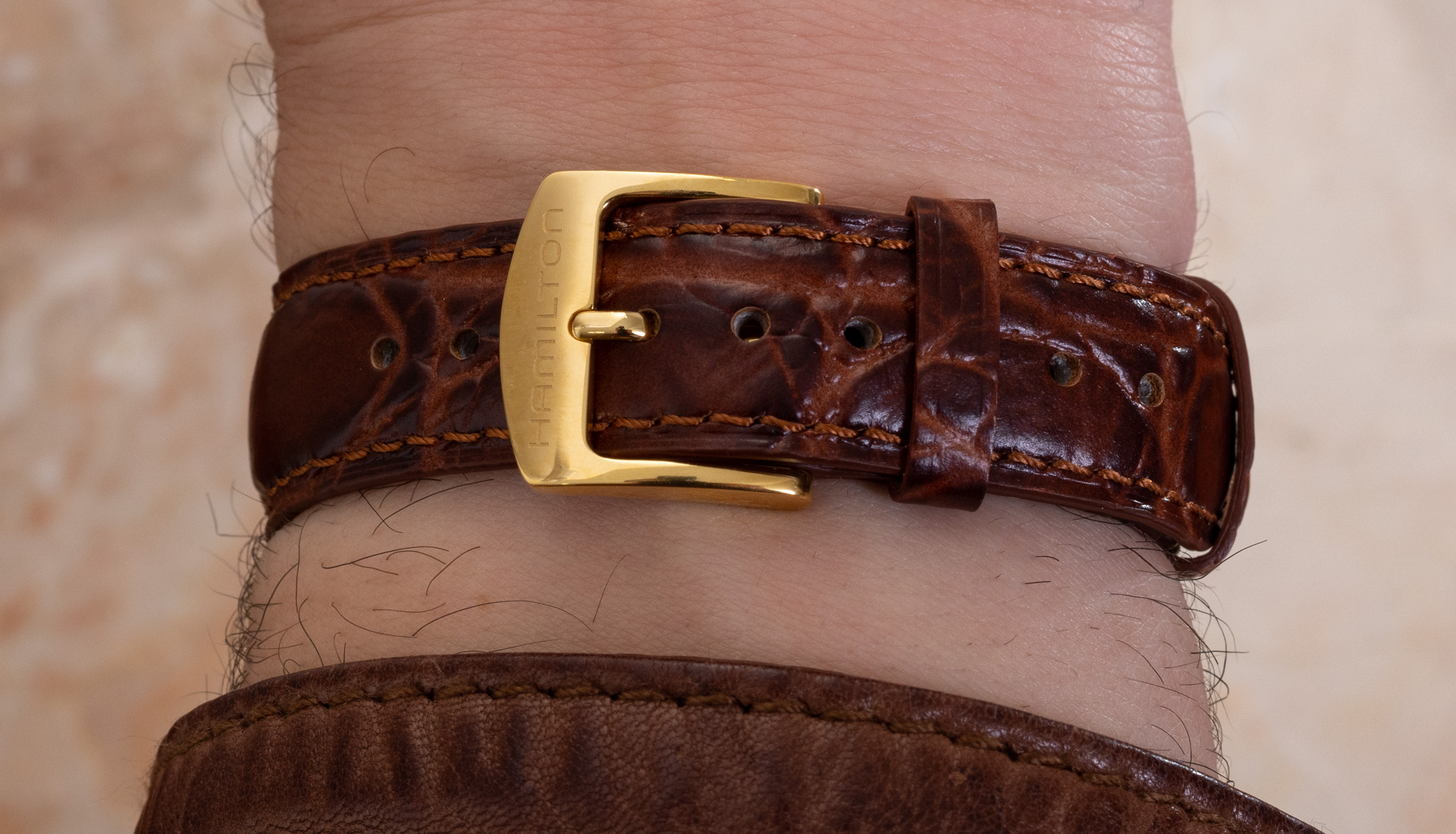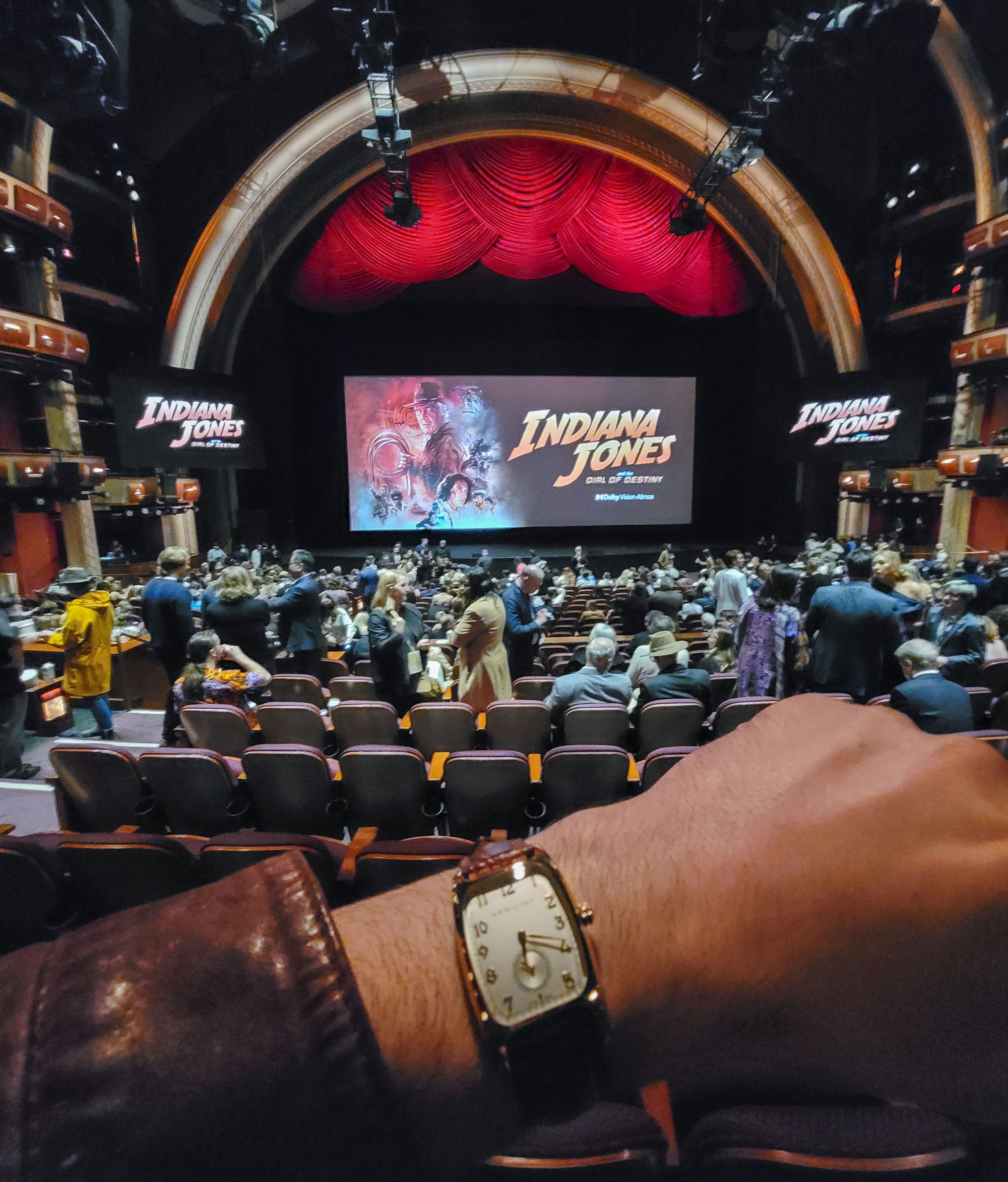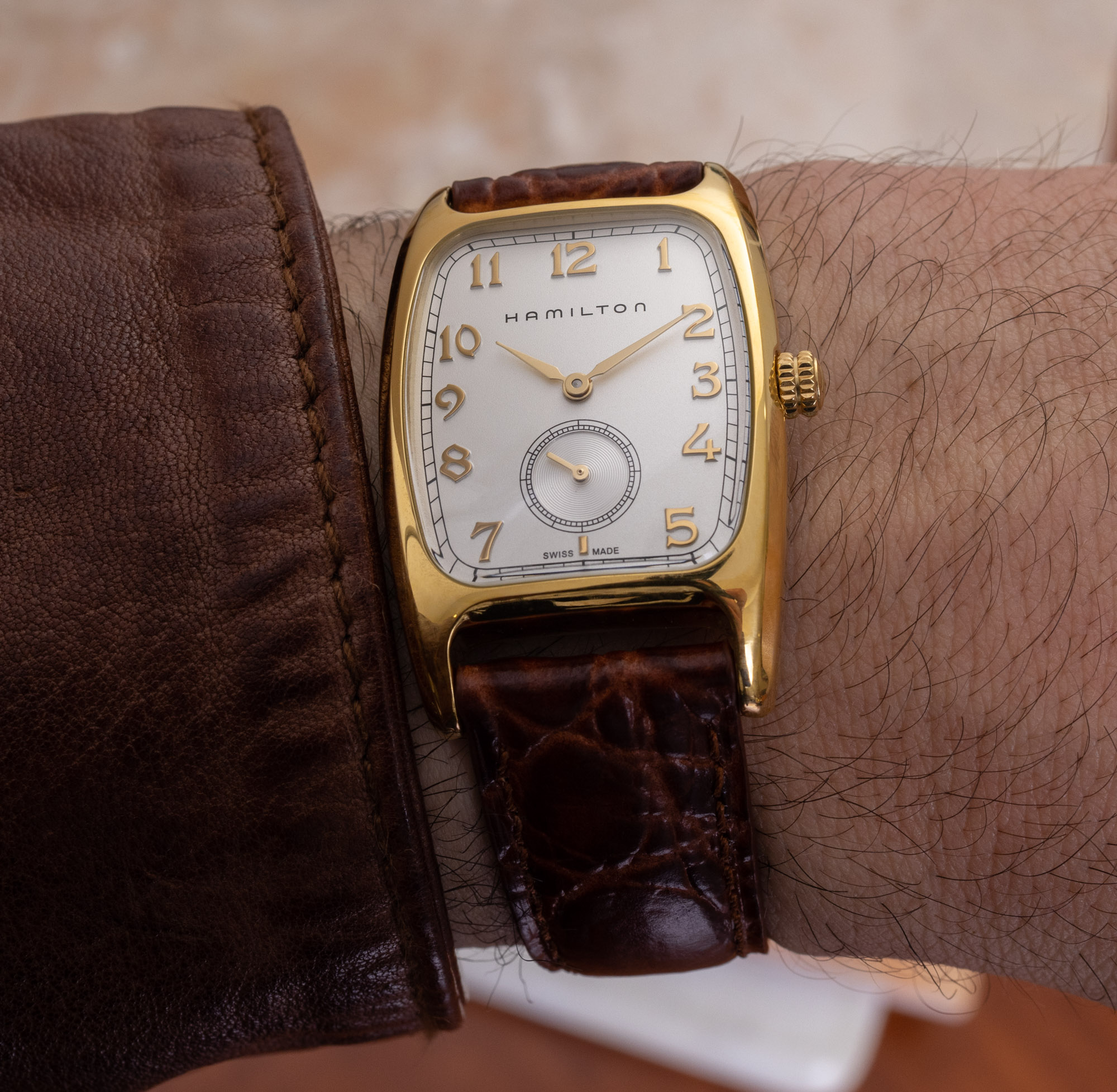
I just saw Indiana Jones And The Dial Of Destiny (the fifth film in the Indiana Jones movie franchise), and I have to admit that more than one watch lover was involved in the production of this film. I’ve always liked Indiana Jones (how could anyone growing up with the first three movies not?), but none of the first four films in the series connect with the world of horology as much as Indiana Jones And The Dial Of Destiny. That is perhaps no accident, as the plot of this adventure film is entirely based on the concept of time.
With George Lucas, Steven Speilberg, John Williams, Harrison Ford (and many others from the cast and production) now in a stage of their lives where they spend more and more time contemplating their “legacy,” it makes sense that these same personalities are focused on devices that track time. I want this article to be about two things. First I want it to be a hands-on look at the same timepiece model that was worn by Harrison Ford as Indiana Jones in The Dial Of Destiny. Second, I want to discuss some of the major horological themes I identified in the film.
https://youtu.be/TeHv7GK4omE
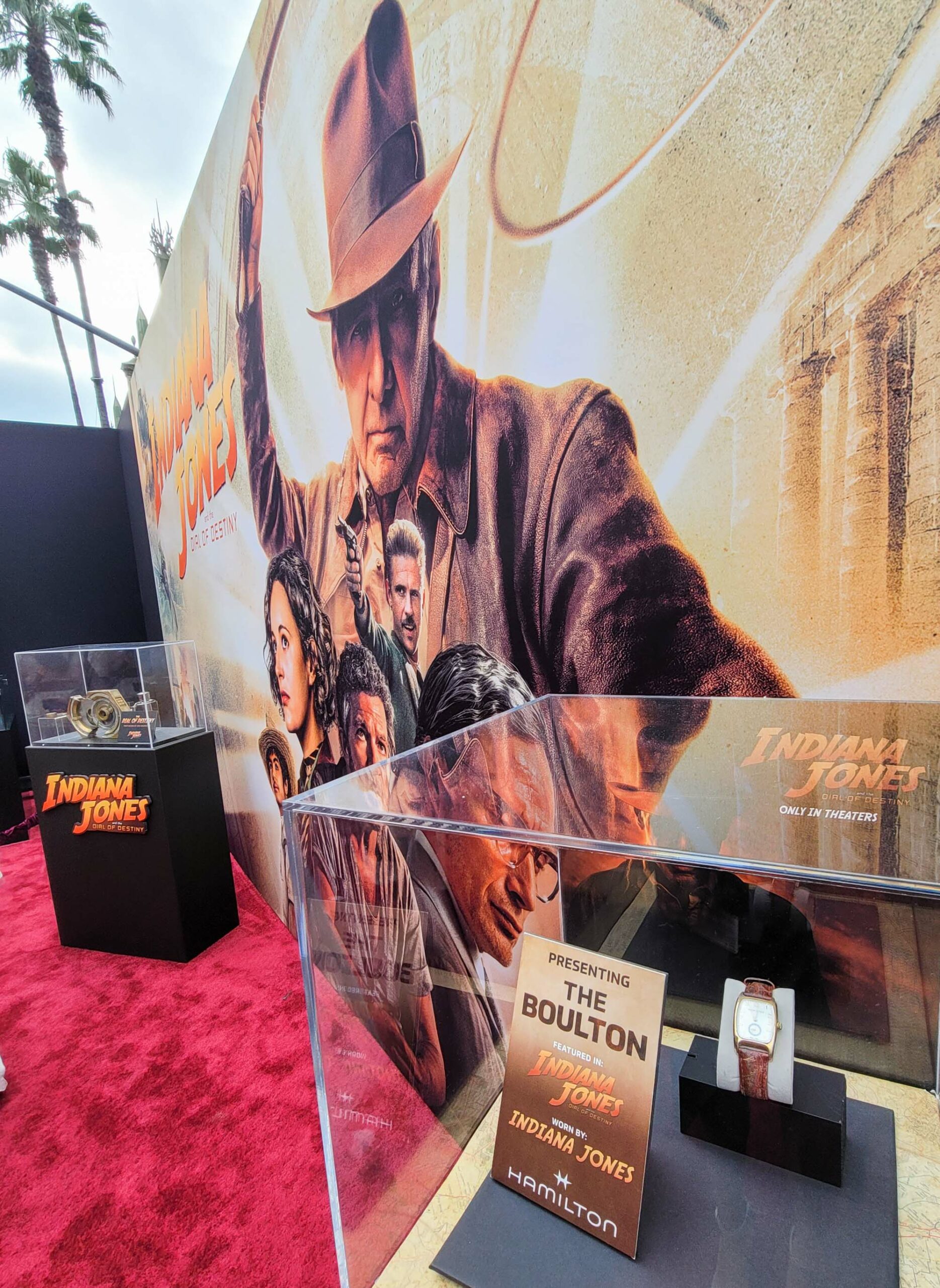
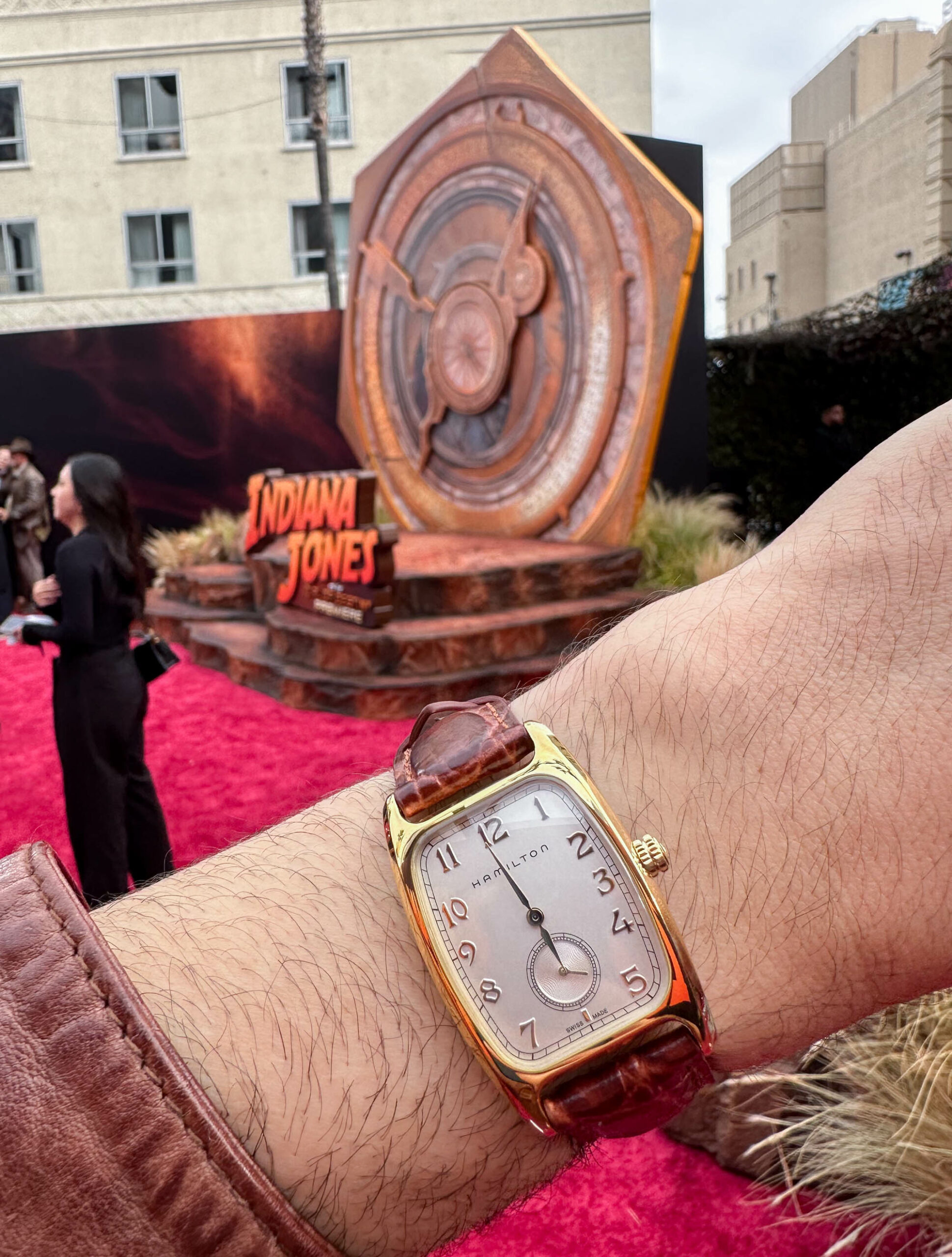
Hamilton has a long history of working with Hollywood and filmmaking. The now Swiss-owned brand (Hamilton was originally an American company) prides itself on a long list of inclusions in movies because of its practice of working closely with propmaster and movie producers. It is no surprise that Indiana Jones is wearing a Hamilton watch, namely because the brand would have been something the character could have worn if he were a real person, living in the eras that he was supposed to have existed. Second, Hamilton today produces vintage-style watches that are closely inspired by timepieces (real or imagined) from the past.
Working with the propmaster from Indiana Jones And The Dial Of Destiny, Hamilton supplied a modern watch it produces known as the Boulton Quartz for use in the 5th Indiana Jones film. Harrison Ford wears the timepiece throughout the entire film, and the watch is made prominent in at least a few scenes. The most notable scene is when the wristwatch is briefly lost (Indiana gets it back), and we learn that it is sentimental to the character because it was owned by his father. In Indiana Jones And The Last Crusade (1989), we meet Henry Jones Sr., played by the late Sean Connery, who is Indiana’s father — though in that film, he was not wearing a wristwatch but rather relied on a pocket watch.
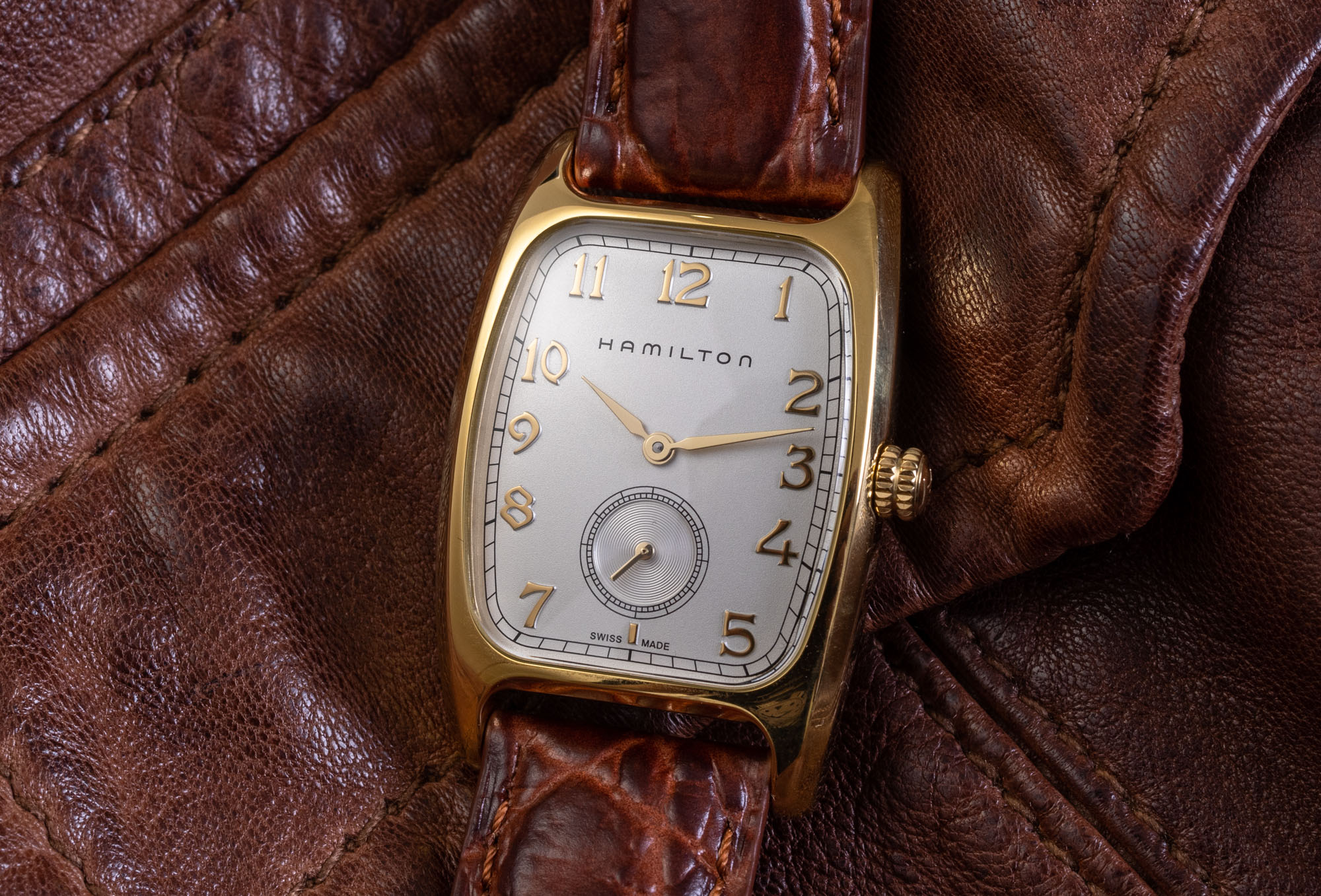
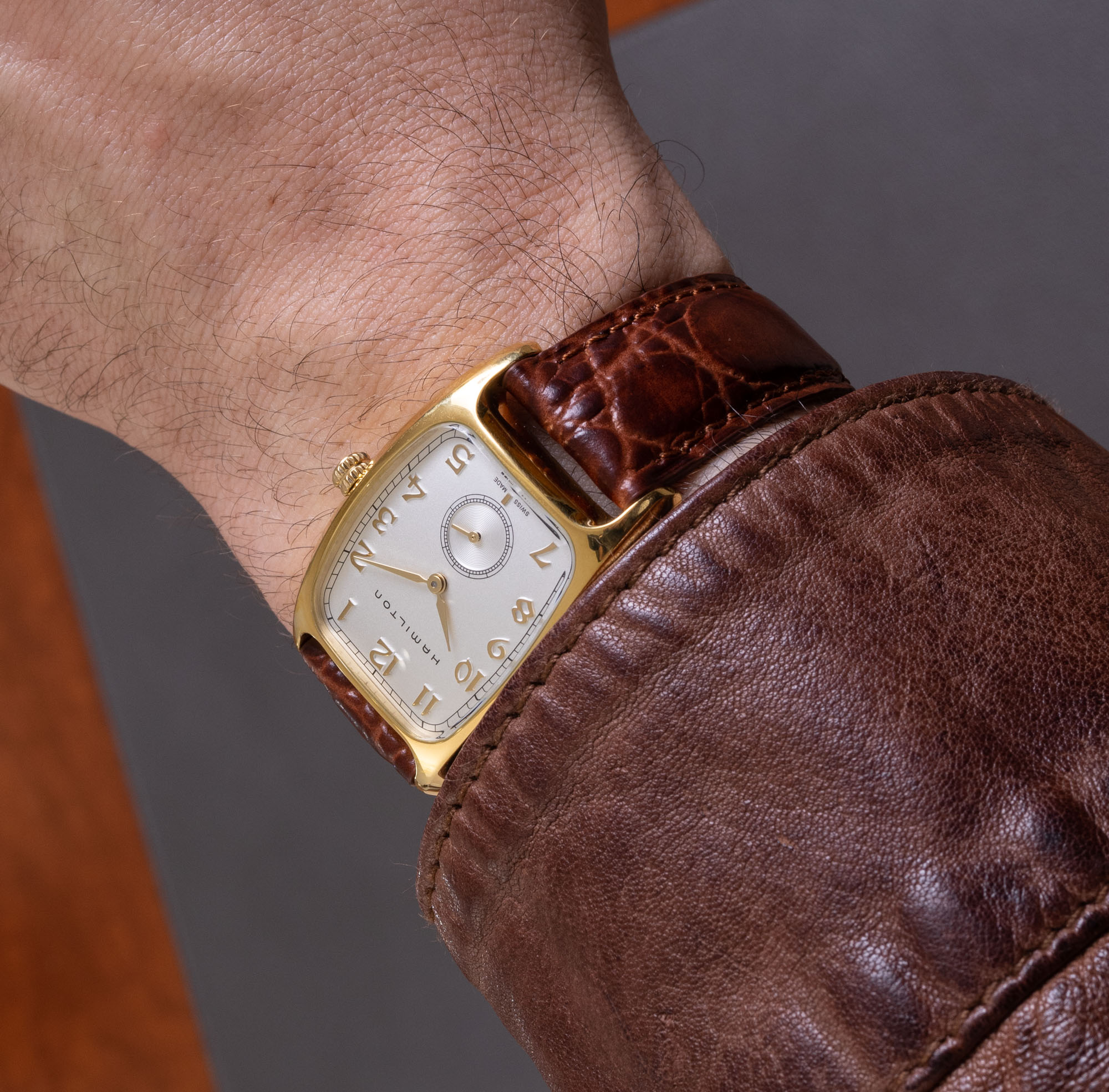
Hamilton’s reference Boulton Quartz is said to be inspired by similarly named Hamilton Boulton watches from the 1940s. One major difference is, of course, the movement, which here is battery-powered quartz (versus mechanical). Hamilton does actually produce versions of the Boulton with mechanical movements, but none of the current models have quite this dial with the subsidiary seconds dial and applied Arabic numeral hour markers.
By today’s standards, the Boulton Quartz (the mechanical version is larger) could be considered small for a men’s watch, though less so while wearing long sleeves. The tonneau-style (barrel-shaped) case was popular in the mid-20th century for blending the look of a rectangular case (considered masculine and handsome) with a bit of rounding that helped visually soften the piece, while also assisting with dial legibility.
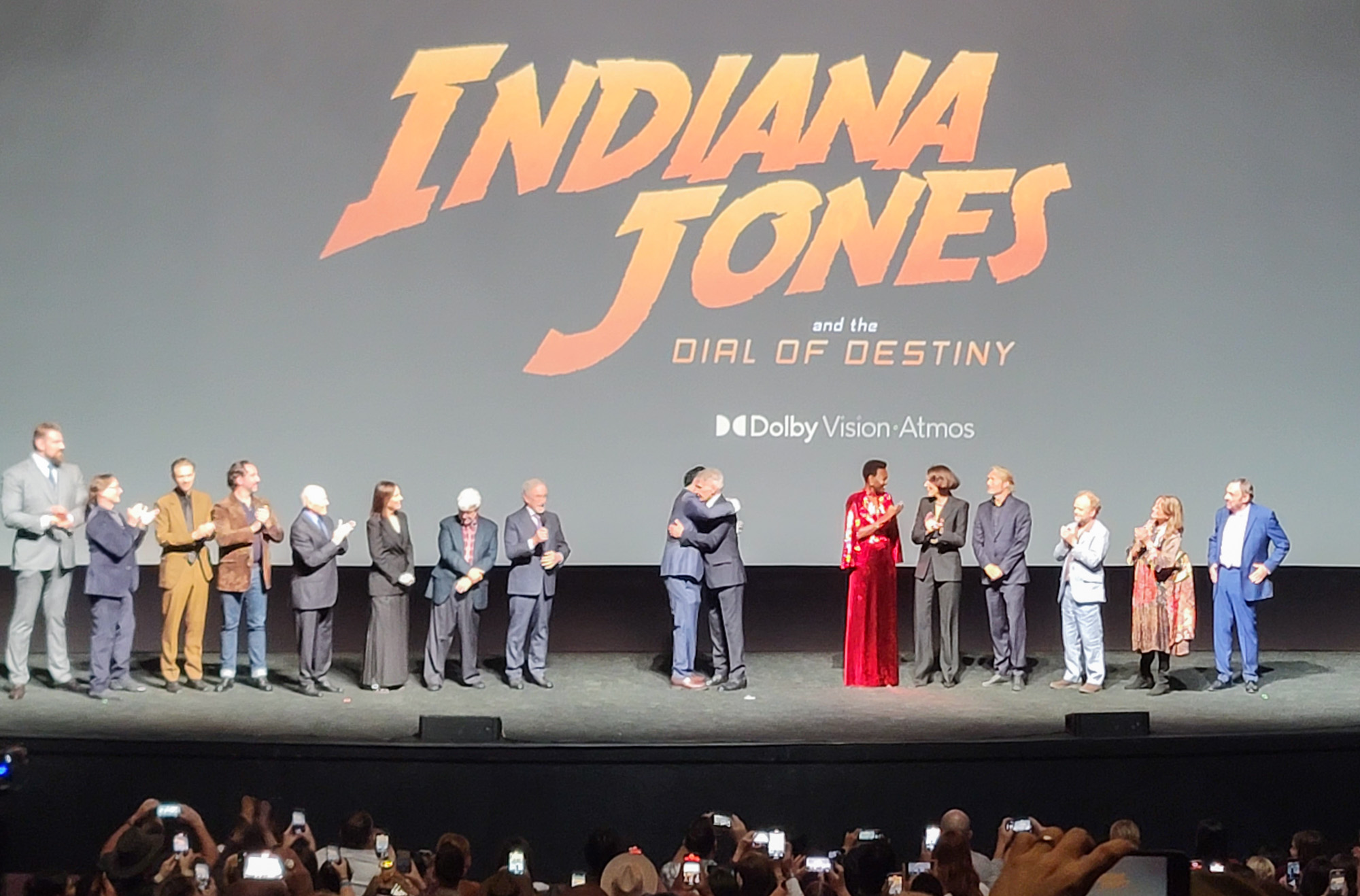
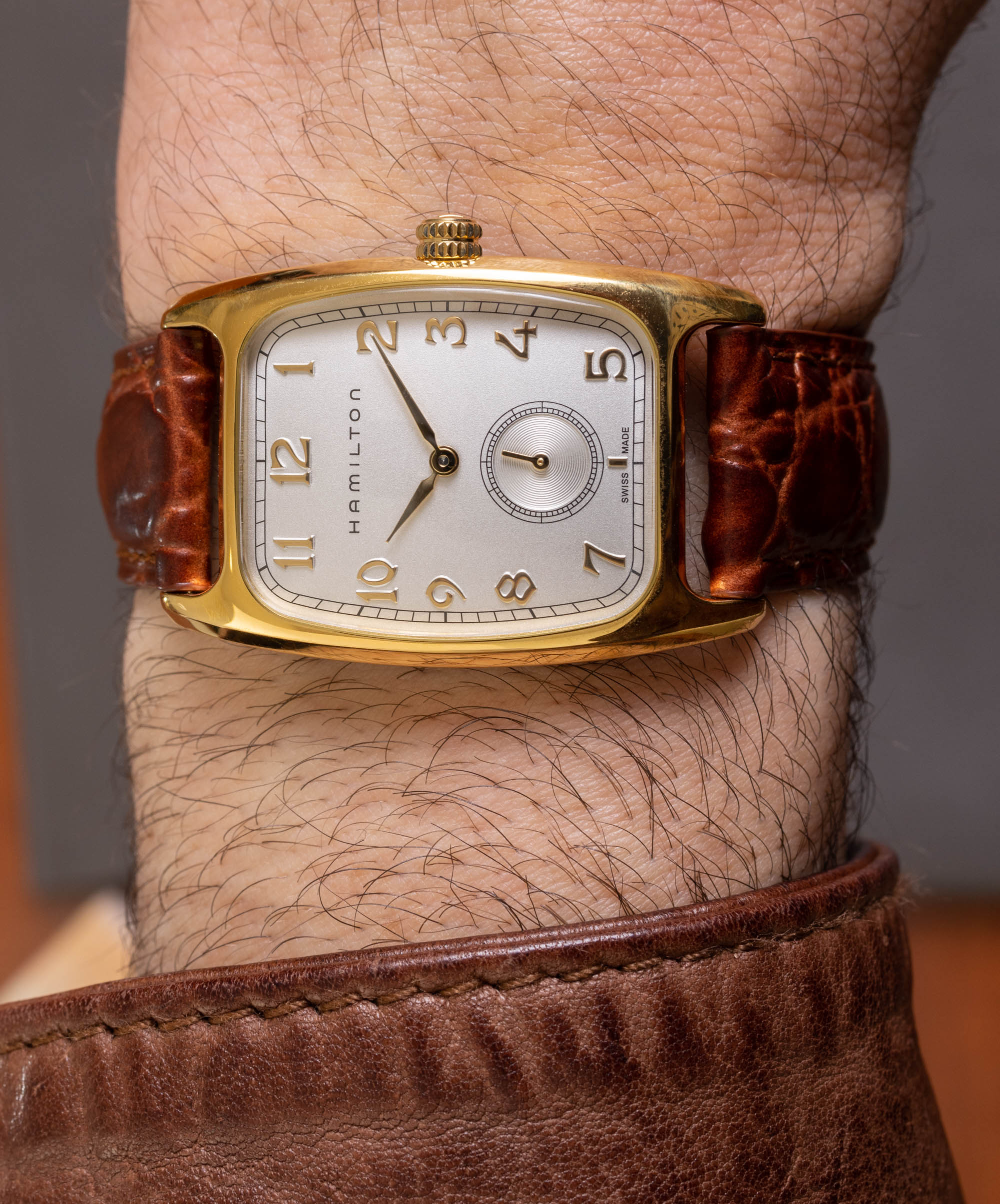
The steel case is given a yellow-gold tone via PVD coating application and is 27mm-wide by 31.6mm lug-to-lug (long). The curved case is 7.8mm-thick and is water resistant to 30 meters with a mineral crystal over the dial. Sapphire crystals in this shape are more expensive to produce, but even as a quartz watch, I do think that for this price Hamilton might have attempted to use a sapphire crystal. The case wears very comfortably and the silver with gold-tone accents dial is very legible in most lighting conditions. This is not, however, a sports watch, and it would be most suitably worn today probably as a dressier or formal watch. Attached to the case is an alligator-style brown calf-leather strap. The buckle is not too large but is a bit proportionally larger than most 1940s-era period-correct buckles might have been (a very minor point, nevertheless). Retail price for Indiana Jones’ Hamilton Boulton Quartz reference H13431553 watch is $695 USD.
If only a cool Hamilton watch inclusion was the only timepiece-focused part of The Dial Of Destiny film…. This Indiana Jones movie’s connection to horology begins with the name of the picture that has the term “dial” in it. The title refers to a clockwork device in the movie known as the Antikythera — supposedly made by Archimedes on the then-Greek Island of Sicily. This is a real-world object that actually exists and has been mythologized into the subject of an Indiana Jones story. In the movie, the device takes on a fantasy element and allows users to find portals backward and forward in time, but like in the real world, the Antikythera was found submerged in a boat wreck and is the earliest known existing clockwork device — dating back about 2,000 years.
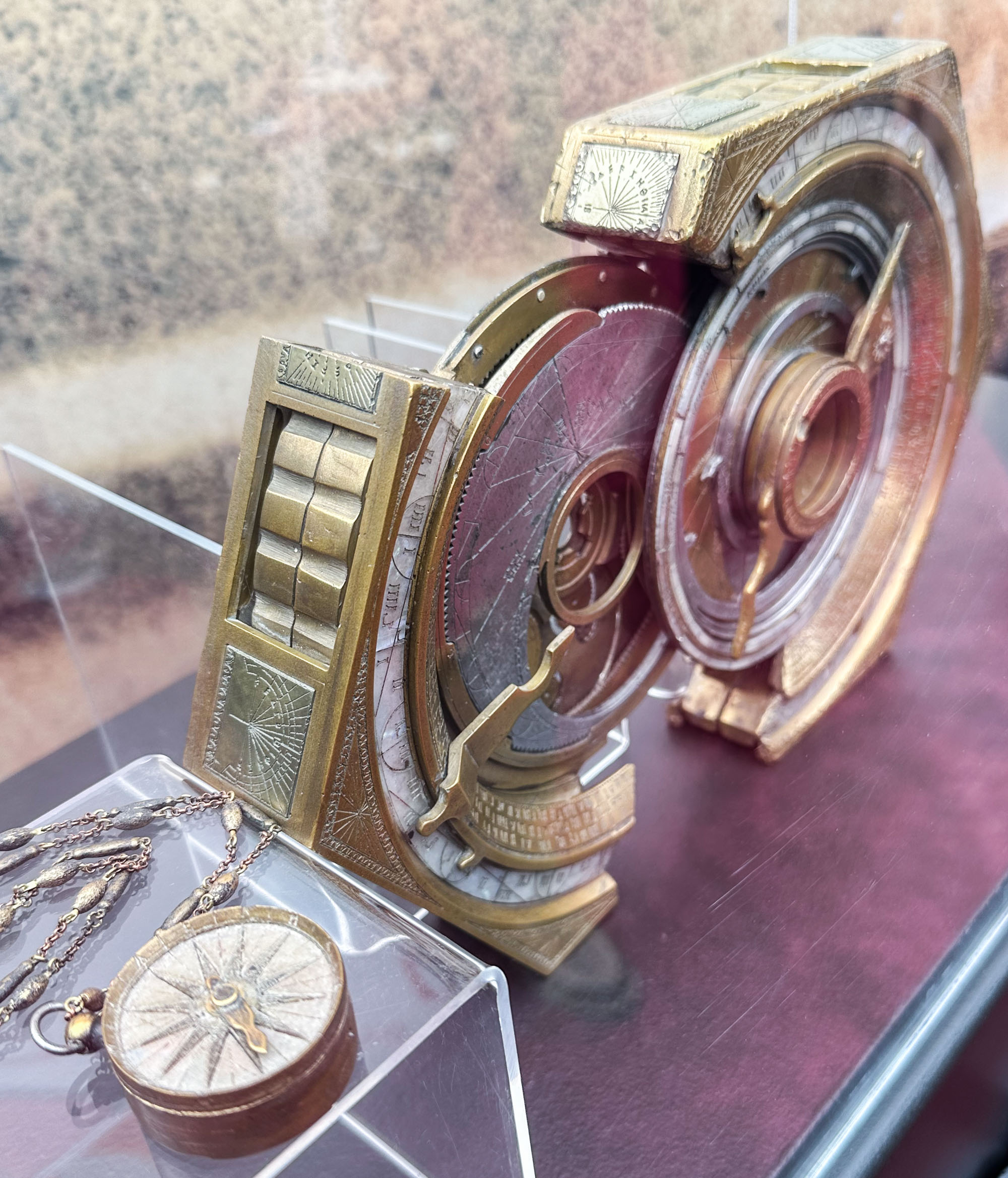
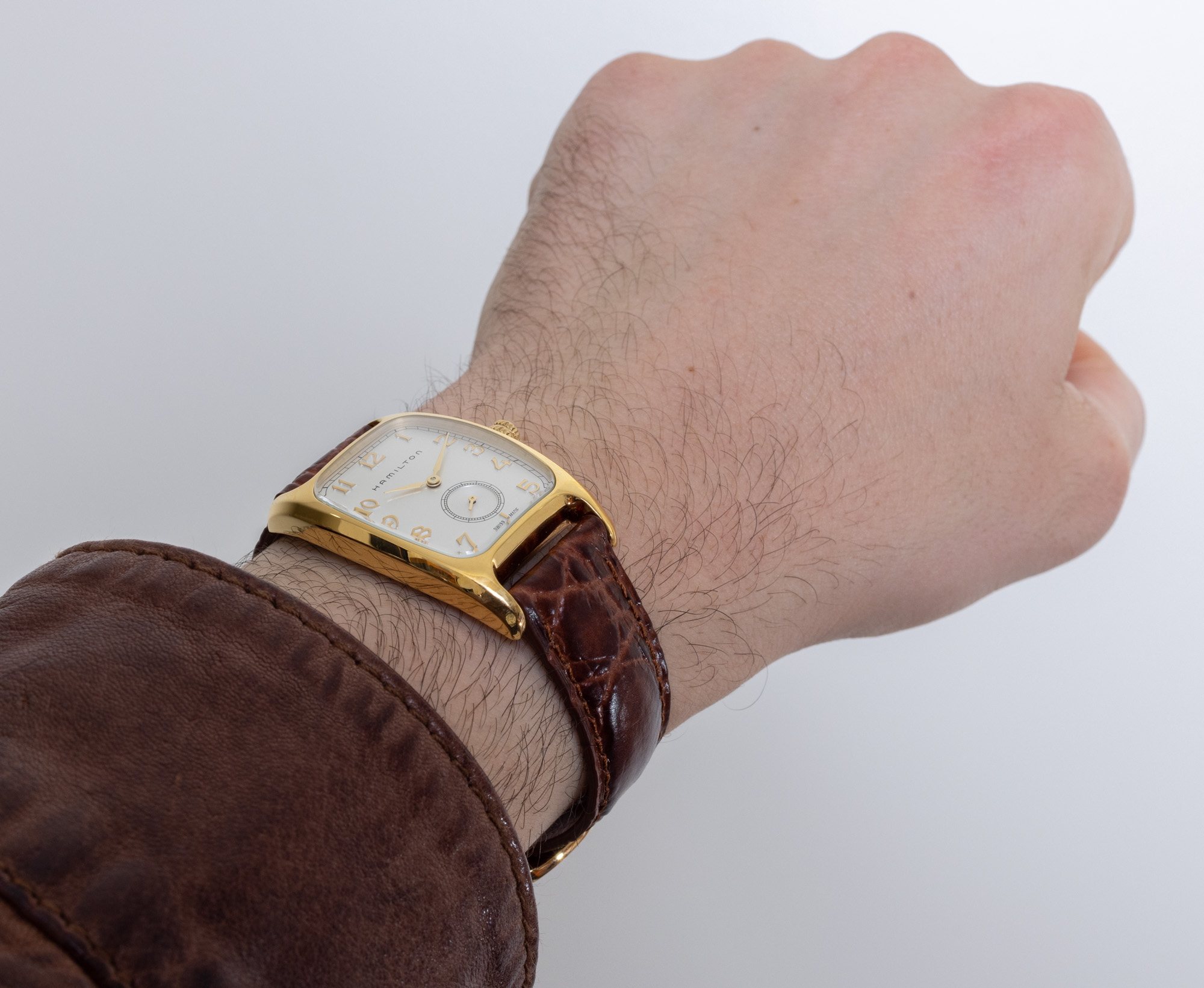
It is known that for many thousands of years, ancient civilizations dedicated a lot of effort to watching and tracking the position of objects in the sky. The position of various planetary and celestial bodies had both practical (such as predicting weather and the climate) as well as religious and cultural value. Being able to predict the movements and relationships of the heavenly bodies became a task for mathematical computation, and it seems that early on in our history humans have employed machines to aid in those tasks. Most people think clockwork mechanisms and computational devices are relatively modern, but it appears that advanced humans have been playing with turning gears and levers for thousands of years. What better source for creative inspiration when it comes to imagining a treasure worthy of being hunted by Indiana Jones?
The luxury watch industry discovered the Antikythera device a while back. The device, in general, has not been in modern hands for all that long, but thanks to computer modeling and research, we more or less know what the Antikythera device did and how it worked. If you are interested in this ancient Greek device, allow me to share a few other articles on aBlogtoWatch. In 2011, I traveled to Paris with Hublot to view its MP-08 movement, which was a combination of a functional Antikythera device and a modern wristwatch. That movement was later placed in a Hublot watch here in 2013. Later, in 2015, aBlogtoWatch featured a book about the Antikythera written by a Greek timepiece and horology expert.
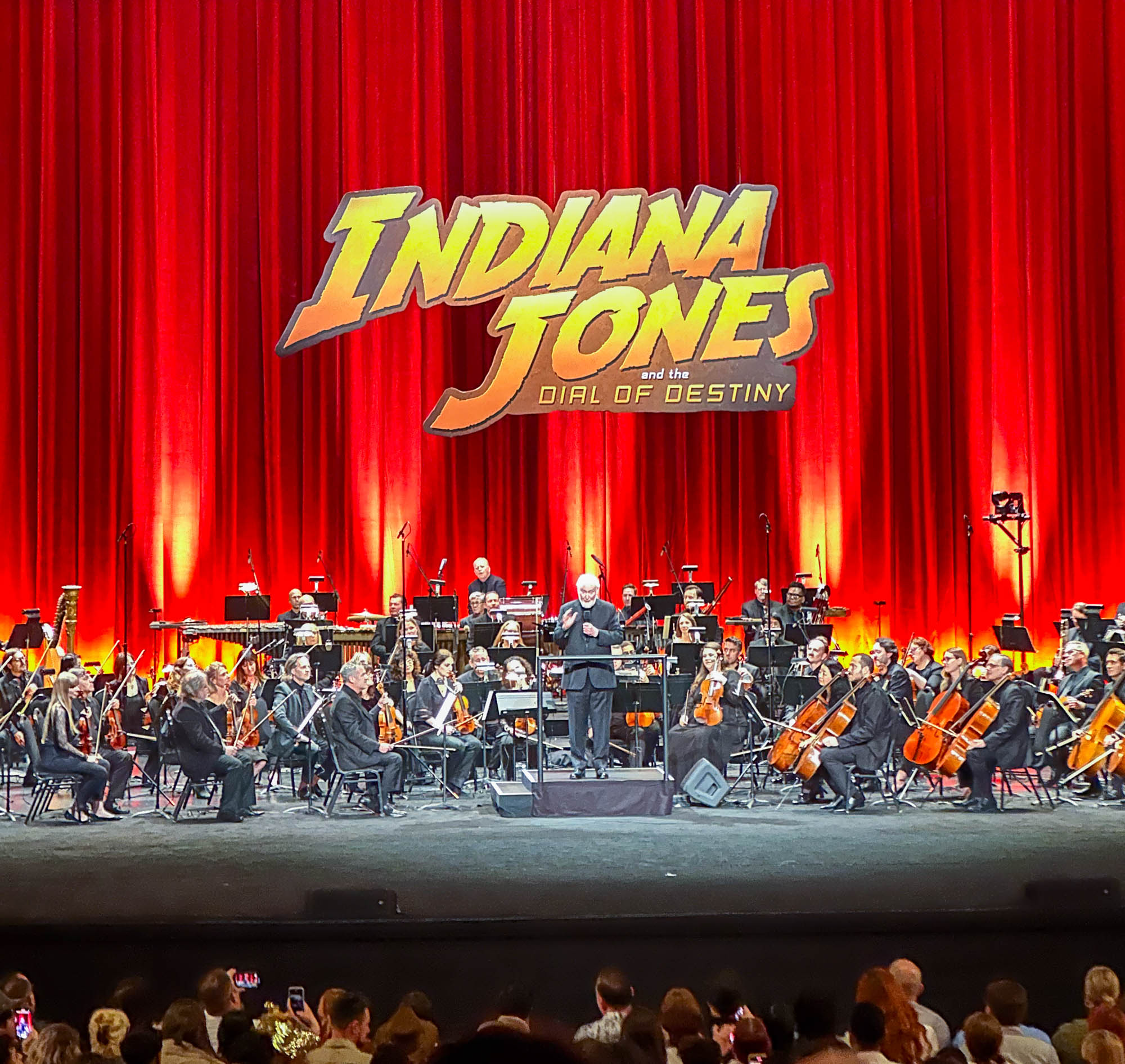
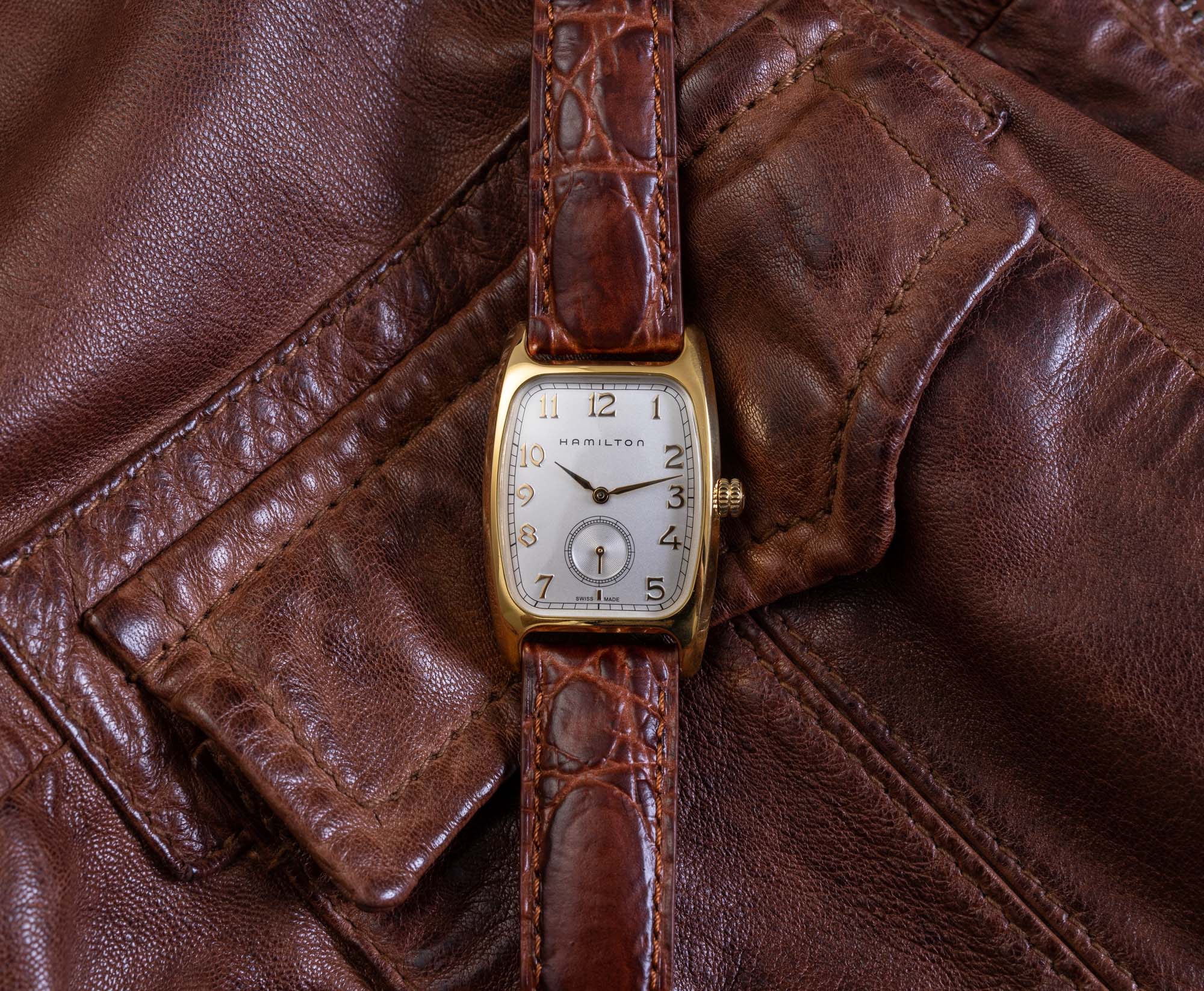
One of my favorite scenes in Indiana Jones And The Dial Of Destiny is when Indiana Jones discovers the tomb of Archimedes, only to discover that the two-millennia-old corpse is wearing a wristwatch. The film gets a bit Back To The Futurey with its logic about how present actions can impact the past, but it is enjoyable nonetheless to see the film’s producers continue to use wristwatches as interesting parts of the plot, as well as being used as fashion items to accessorize the characters.
For someone who covers the watch industry and who reports about the timepiece collecting hobby, movies like Indiana Jones And The Dial Of Destiny are great news. We see both watch brands doing what they need to in order to remain culturally relevant and in the mainstream spotlight, and we have movie producers and scriptwriters whose work is actually helping to create more interest in the timepiece category overall. Until a few years ago, if you wanted to be a watch collector, then your way into the hobby was anything but mainstream. Today, things are quite different in that the wristwatch industry is more invested than ever in putting names, products, and (most importantly) values in places where regular consumers are looking.
If you watch Indiana Jones And The Dial Of Destiny, there is no way you’ll miss seeing the Hamilton Boulton on Indiana’s wrist. This isn’t the first time Harrison Ford has worn a Hamilton, and it certainly won’t be the last. Learn more at the Hamilton website here.

